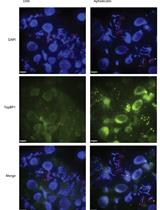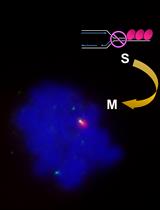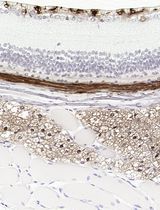Improve Research Reproducibility A Bio-protocol resource
- Protocols
- Articles and Issues
- About
- Become a Reviewer
Propidium Iodide Staining of Cells for FACS Analysis
Published: Vol 2, Iss 11, Jun 5, 2012 DOI: 10.21769/BioProtoc.195 Views: 58372
How to cite
Favorite
Cited by












